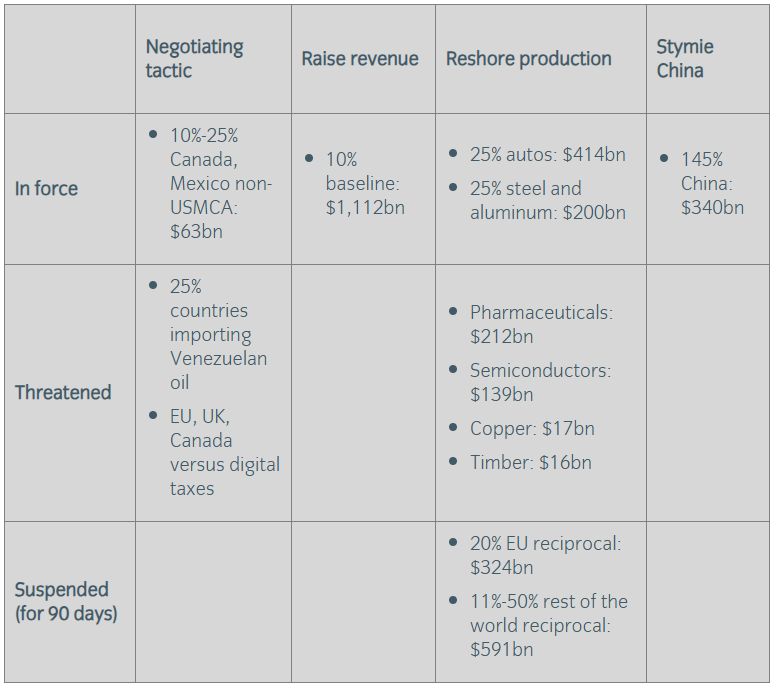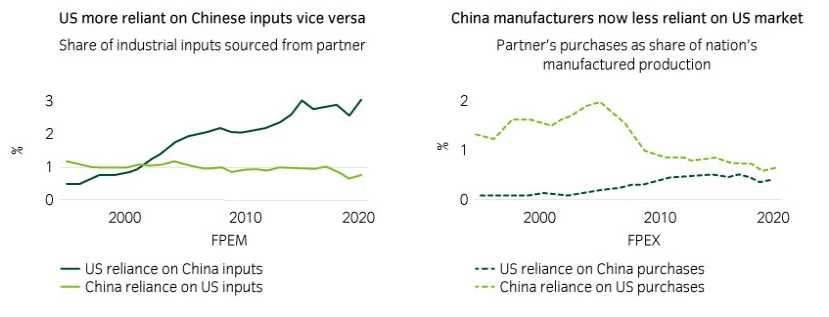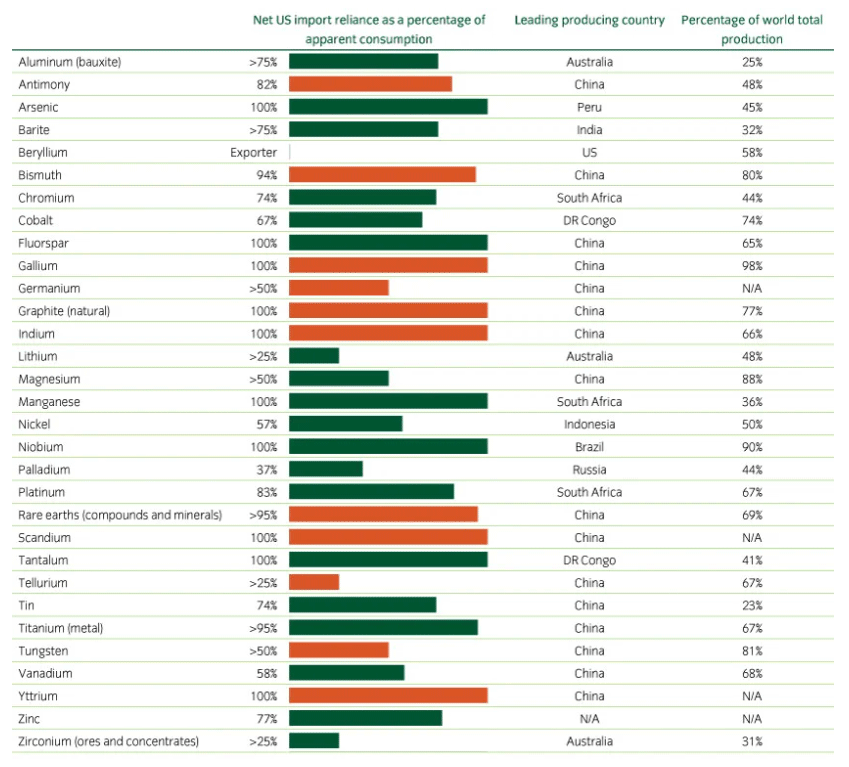Insight Investment
Insight is a global asset manager specializing in fixed income and risk management strategies with $799bn in AUM. We have been working with insurers since 1934 and manage $28.5bn for over 81 insurers globally. Our investment philosophy offers clients innovative yet practical investment solutions. We manage custom fixed income strategies to help meet clients evolving needs, such as liquidity, principal preservation, earnings stability, tax minimization and total return.
Insight is subsidiary of BNY, which offers insurance clients additional services and access to boutique investment management teams. These services offer the potential for deeper collaboration across your portfolio.
AUM as of March 31, 2025. Assets under management (AUM) represented by the value of the client’s assets or liabilities Insight is asked to manage. These will primarily be the mark-to-market value of securities managed on behalf of clients, including collateral if applicable. Where a client mandate requires Insight to manage some or all of a client’s liabilities (e.g. LDI strategies), AUM will be equal to the value of the client specific liability benchmark and/or the notional value of other risk exposure through the use of derivatives. Regulatory assets under management without exposures can be provided upon request. Unless otherwise specified, the performance shown herein is that of Insight Investment (for Global Investment Performance Standards (GIPS), the ‘firm’) and not specifically of Insight North America. A copy of the GIPS composite disclosure page is available upon request.
Jeffrey Berman
Head of North America Distribution
Jeffrey.Berman@insightinvestment.com
+1 212 365 3341
Ryan McMurdie
Director, Insurance Solutions
Ryan.McMurdie@InsightInvestment.com
+1 917 208 0115
200 Park Avenue, New York, NY 10166
www.insightinvestment.com





